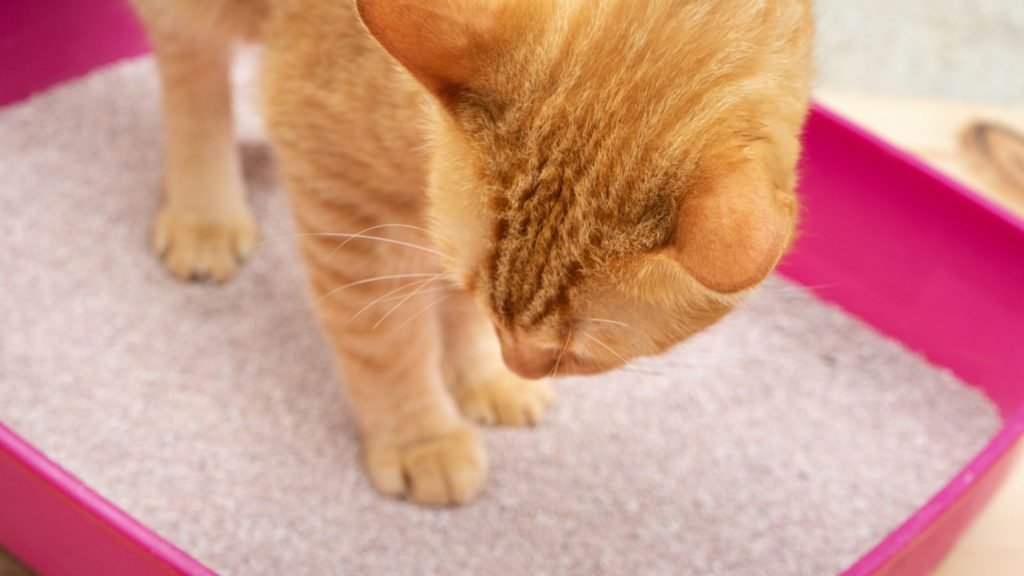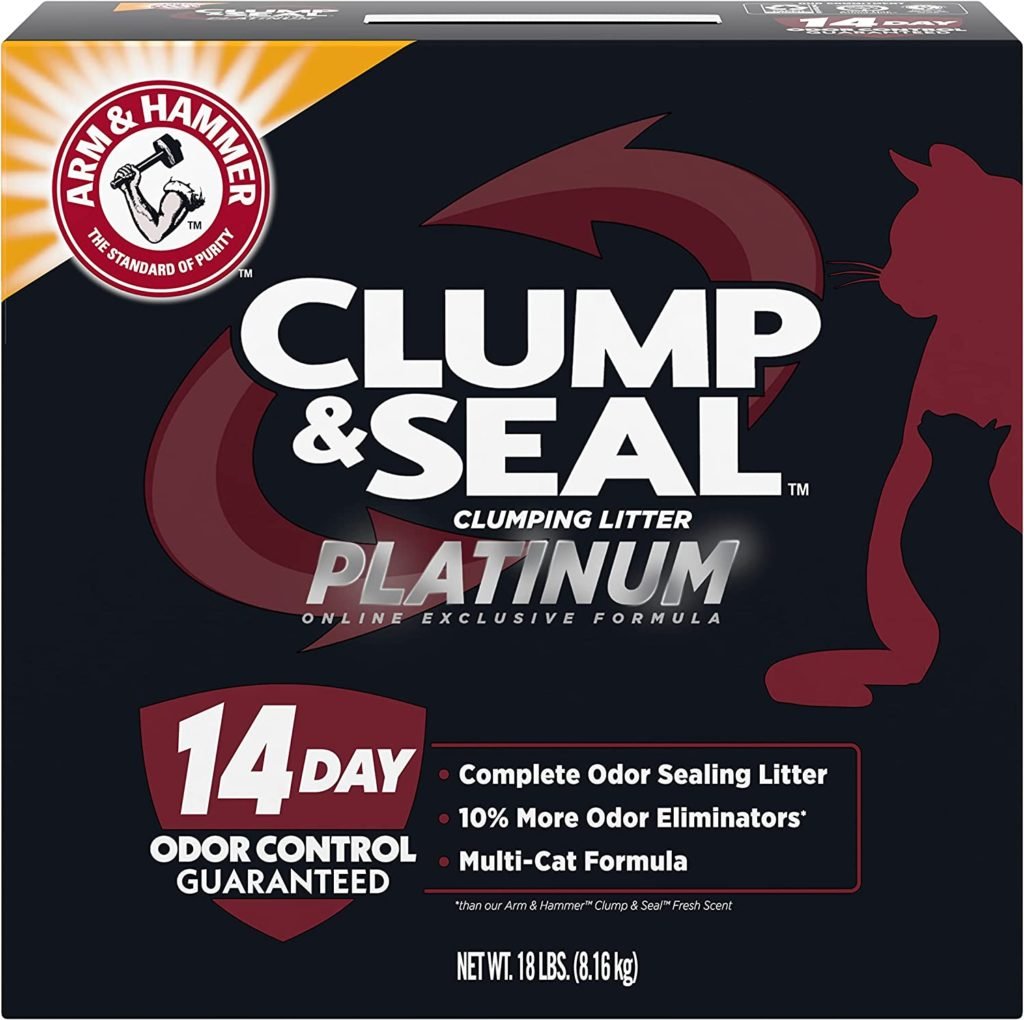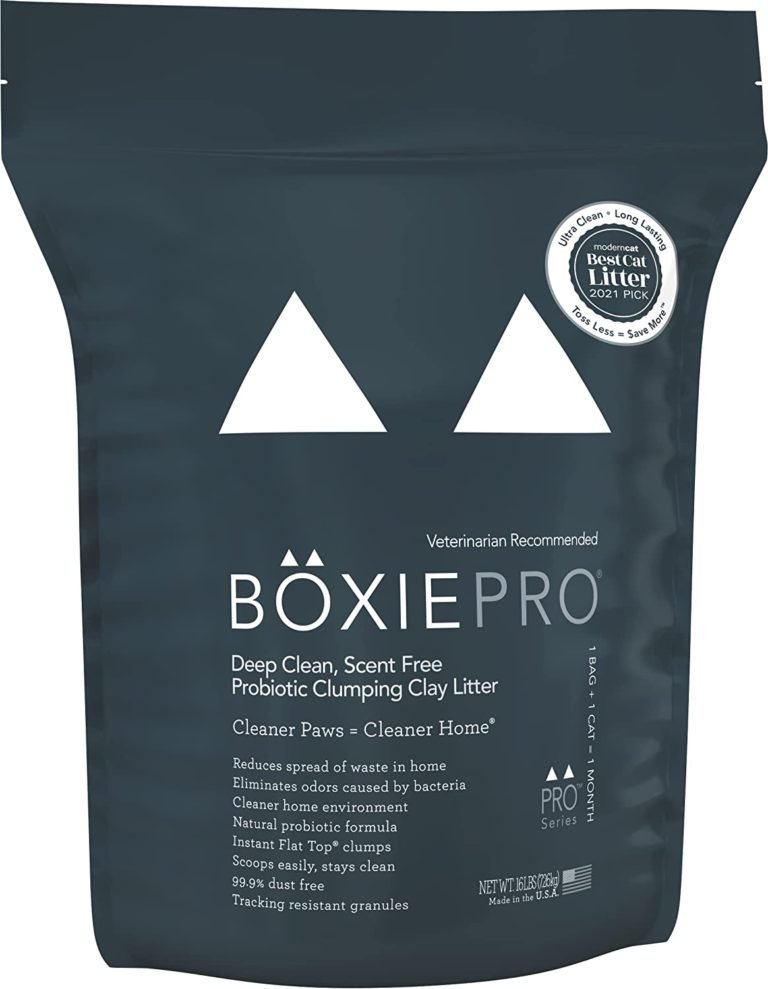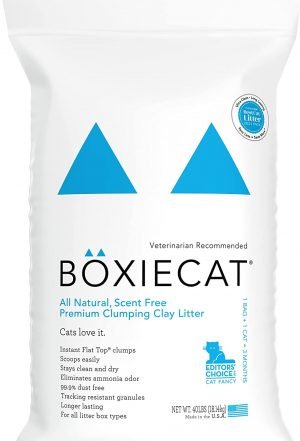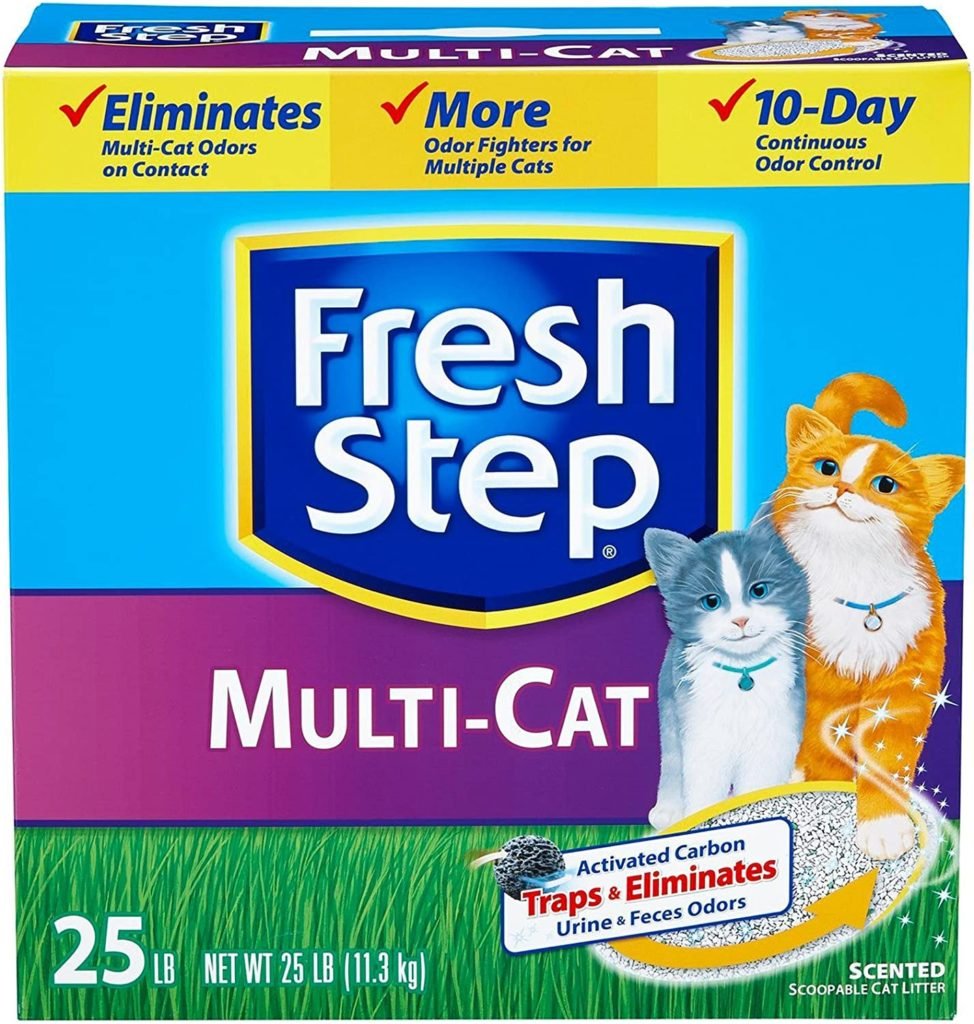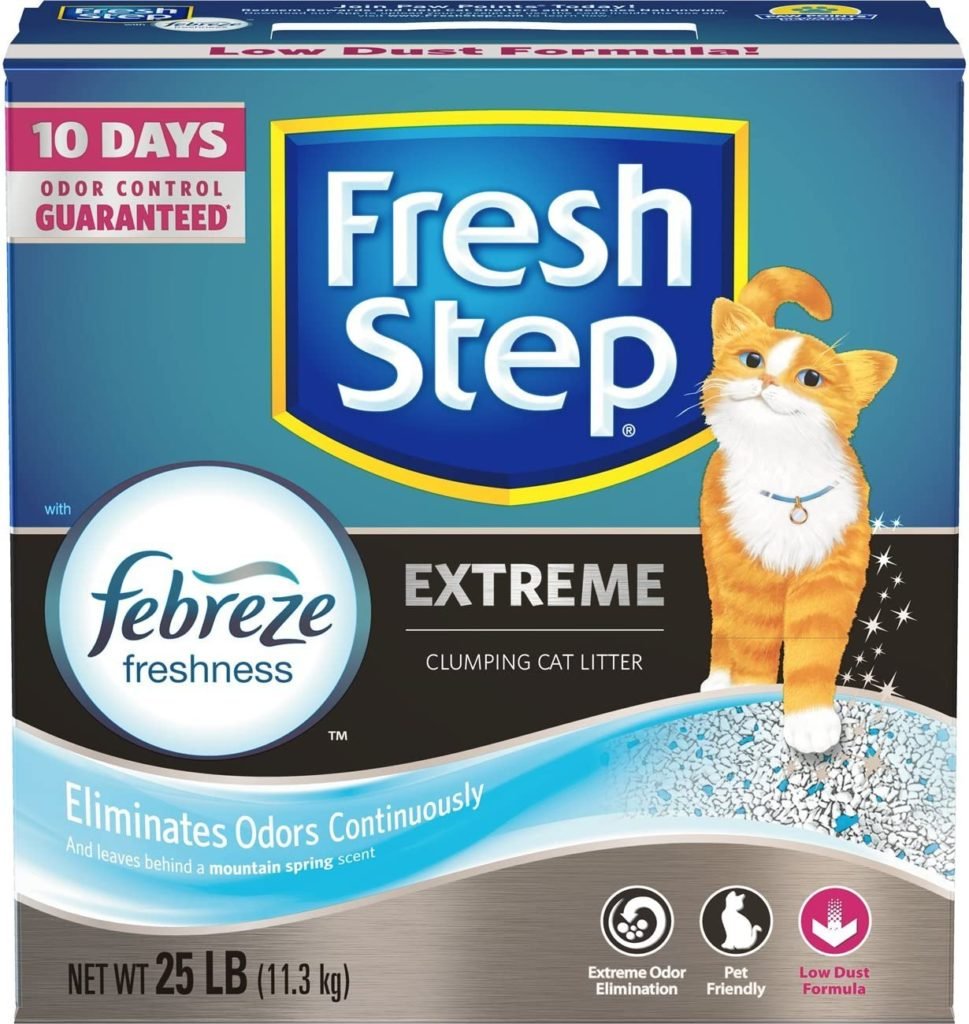Does cat litter expire? Uncover how litter expiration affects your cat’s well-being and actively create a safe, healthy home that keeps your furry friend at their best. Get practical tips to maintain a clean, comfortable litter box environment and support your cat’s happiness today.
Defining Cat Litter
Cat litter is necessary for cat owners, providing a convenient way to manage and dispose of feline waste. It comes in different forms, such as clay, biodegradable materials, and silica gel crystals, to suit various preferences.
The Importance of Cat Litter
Using cat litter is essential for maintaining a clean and healthy environment for both cats and their owners. It helps control odors, keeping living spaces fresh and comfortable. Furthermore, it promotes proper hygiene, ensuring cats remain happy and healthy.
Understanding the Concept of Expiration
Expiration refers to the point at which a product loses its effectiveness or becomes unsafe to use. In the context of cat litter, its end can be influenced by factors like its composition, storage conditions, and the presence of additives. Knowing the expiration of cat litter helps pet owners ensure it remains effective and safe.
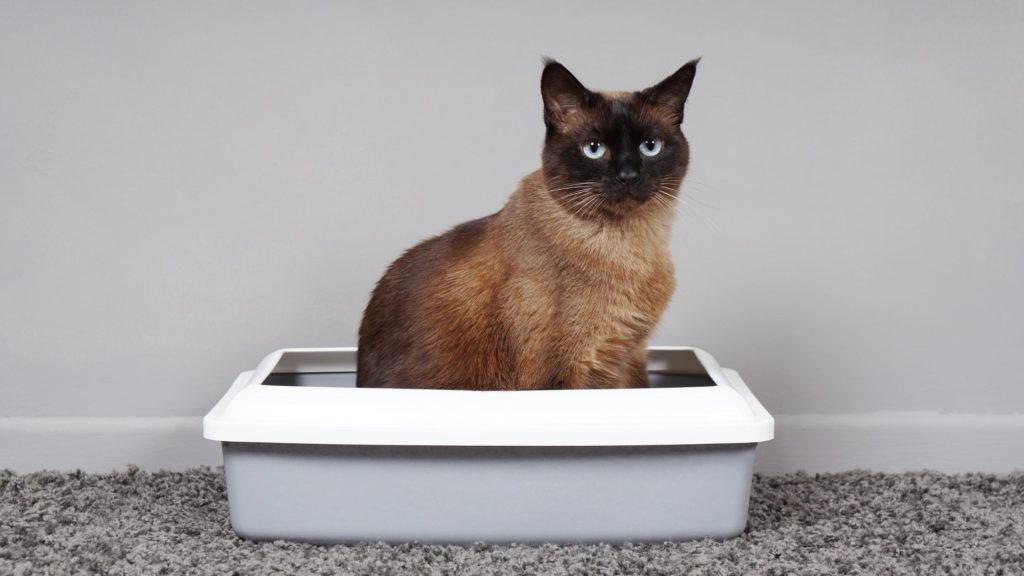
Different Types of Cat Litter
Clumping Clay Litter
Clumping clay litter is popular among cat owners because it can form solid clumps when wet. This feature makes waste removal easy and helps to maintain a clean litter box. It provides effective odor control, but some drawbacks include dustiness and weight heavier than other litter types. Regular scooping is necessary to maintain cleanliness.
Non-Clumping Clay Litter
Non-clumping clay litter differs from its clumping counterpart as it absorbs moisture without forming clumps. This type of litter is typically less expensive than clumping clay, but it requires more frequent litter replacement to prevent odor buildup. Non-clumping clay litter can be a good option for budget-conscious cat owners who don’t mind replacing the litter more often.
Biodegradable Litter
Biodegradable litters are an environmentally friendly option made from various materials. Depending on local regulations, they break down naturally and can sometimes be composted or flushed.
- Wood-based: Made from materials like pine and cedar, wood-based litters are absorbent, lightweight, and offer natural odor control. They can be found in pellet, chip, or sawdust forms.
- Corn-based: This type of biodegradable litter is made from ground corn, offering good clumping capabilities and odor control. It is often dust-free and less likely to cause allergies.
- Wheat-based: Wheat-based litters provide natural odor control and clumping properties. They can be suitable for those seeking an eco-friendly, low-dust option.
- Paper-based: Often made from recycled newspaper, paper-based litters are lightweight, absorbent, and dust-free. They are a suitable option for cats and owners with allergies or sensitivities.
Silica Gel (Crystal) Litter
Silica gel or crystal litter is made from tiny, porous beads that effectively absorb moisture and lock in odors. This type of litter can last longer than other varieties, requiring less frequent changing. However, it doesn’t clump, and some cats may not prefer the texture. Regular stirring and scooping of solid waste are necessary to maintain a fresh litter box.
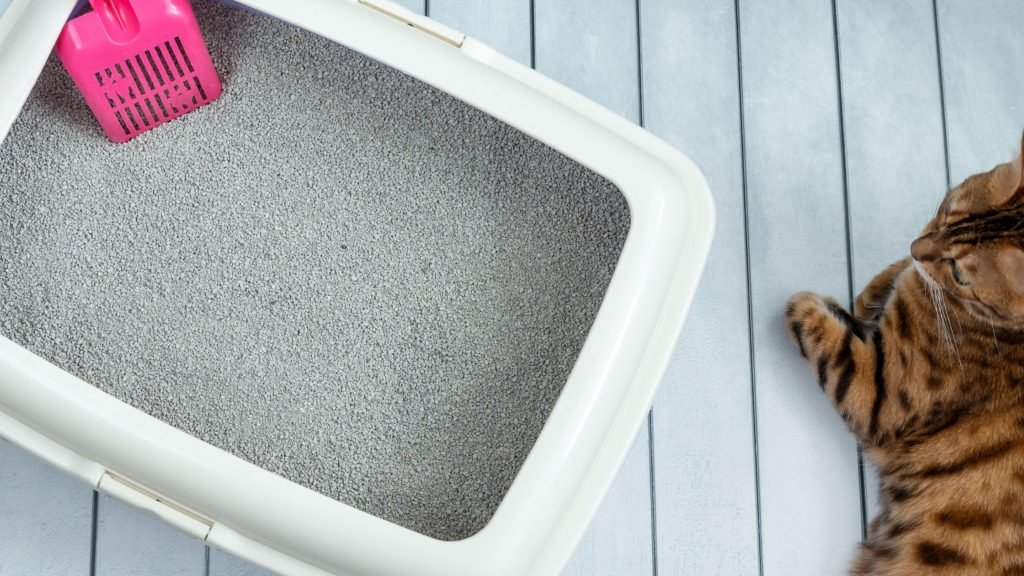
You May Also Interest: All You Need To Know: Male Cats vs Female Cats Pros and Cons
Factors Affecting the Shelf Life of Cat Litter
Ingredients and Composition
The shelf life of cat litter varies depending on its ingredients and composition. For instance, clay-based litters may have a longer shelf life than biodegradable options, which can degrade more quickly due to their organic nature.
Manufacturing Process
The way cat litter is produced can also impact its shelf life. Some manufacturing processes may incorporate additives or treatments that extend the product’s longevity. In contrast, others might focus on creating a more natural and eco-friendly product with a shorter shelf life.
Storage Conditions Proper storage plays a significant role in maintaining the shelf life of cat litter. Key factors to include the following:
- Temperature: Extreme temperatures can affect the effectiveness and integrity of cat litter. Storing it in a cool, dry place away from direct heat sources is best.
- Humidity: High humidity can cause clumping litter to clump prematurely or make biodegradable litters deteriorate faster. Keep waste in a dry, well-ventilated area.
- Exposure to sunlight: Direct sunlight can cause the degradation of certain cat litter materials and reduce the effectiveness of odor control agents. Store cat litter away from direct sunlight.
Presence of Additives
Additives such as fragrances or odor control agents can impact the shelf life of cat litter. Some additives may extend the shelf life by providing better odor control, while others may cause the waste to degrade faster. It is essential to follow the manufacturer’s guidelines on the packaging for the optimal use and storage of cat litter containing additives.
You May Also Interest: Can Cats Eat Applesauce? Hidden Truths of Feline Dietary
Does Cat Litter Expire?
Expiration Dates on Packaging
Cat litter packaging often includes expiration dates, which are influenced by:
Manufacturer’s recommendations
These guidelines indicate the optimal time frame for product use for best results.
Legal requirements:
Some jurisdictions may require expiration dates on cat litter packaging to ensure consumer safety and product efficacy.
Clumping and Non-Clumping Clay Litter
Clay litters have specific characteristics related to expiration:
- Shelf life: These litters generally have a long shelf life, often lasting several years when stored properly.
- Signs of expiration or degradation: Look for changes in texture, clumping ability, or odor control effectiveness as signs of expiration.
Biodegradable Litter
Biodegradable litters have unique expiration aspects:
- Shelf life: These litters may have a shorter shelf life than clay-based options due to their organic composition.
- Signs of expiration or degradation: Watch for mold, mildew, foul odors, or changes in texture as indicators that the litter may have expired.
Silica Gel Litter
Silica gel litters also have factors that impact expiration:
- Shelf life: Typically, silica gel litters have a long shelf life, similar to clay-based wastes, when stored properly.
- Signs of expiration or degradation: Reduced moisture absorption, compromised odor control, or changes in the color of the crystals may signal that the litter is nearing expiration.
Consequences of Using Expired Cat Litter
Reduced Effectiveness in Odor Control
Expired cat litter may lose its ability to control odors, resulting in unpleasant smells and an unsanitary environment for both cats and their owners.
Possible Health Risks to Cats and Owners
Using expired cat litter can pose various health risks for cats and their owners, such as:
- Respiratory issues: Dust from the degraded litter can cause breathing difficulties or exacerbate respiratory problems.
- Infections: Expired litter may harbor harmful bacteria or mold, potentially leading to infections in cats and humans.
- Allergic reactions: Changes in the litter’s composition can trigger allergies or sensitivities in cats and their owners.
Environmental Impact
Using expired cat litter may have adverse environmental effects, including:
- Waste generation: Ineffective litter requires more frequent replacement, increasing the amount of waste generated.
- Contamination: Expired or degraded litter may release harmful substances into the environment when disposed of improperly.
Tips for Extending the Shelf Life of Cat Litter
Proper Storage Techniques
Store cat litter correctly to prolong its shelf life:
- Please keep it in a cool, dry place.
- Avoid direct sunlight and humidity.
- Seal the packaging tightly.
Regularly Checking the Condition of the litter
Monitor the litter’s condition:
- Look for changes in texture or clumping.
- Check for mold, mildew, or foul odors.
- Replace if signs of degradation appear.
Rotating Stock and Using Older Bags
First, Manage your cat litter supply:
- Organize by purchase date.
- Use the oldest bags first.
- Regular rotation ensures freshness.

